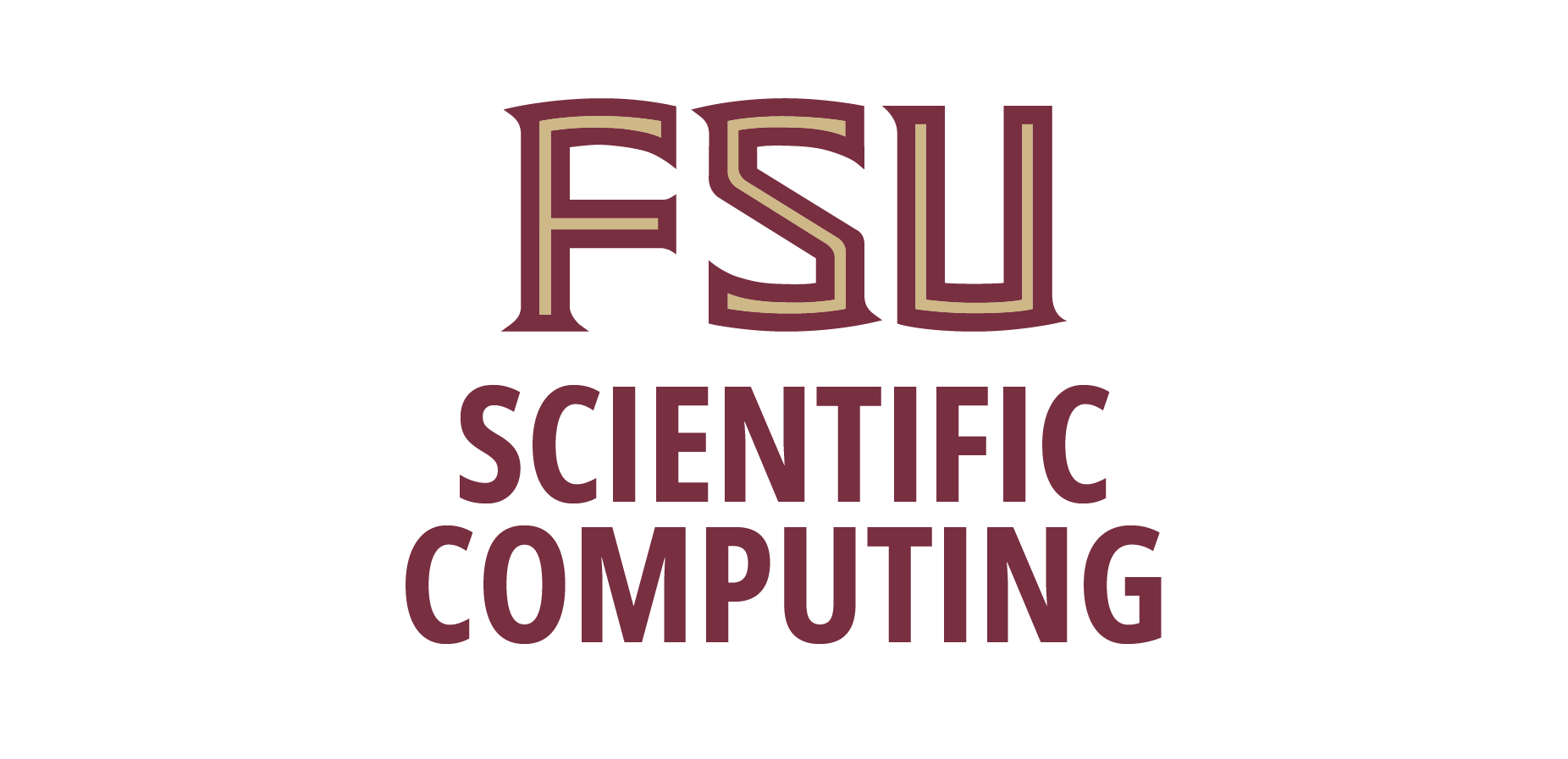Dept. of Mathematics
University of California, Berkeley
"Grassmann manifold, gauge, and quantum chemistry"
, 499 DSL,
Abstract:
The Grassmann manifold Gr(m,n) is the set of n-dimensional subspaces in R^m (assuming m>n), and is used in many science and engineering applications. A point in Gr(m,n) can be represented by an orthogonal matrix of size m by n, multiplied by another arbitrary orthogonal matrix of size n by n. In quantum chemistry and in particular the widely used density functional theory (DFT), this arbitrary orthogonal matrix is referred to as the gauge. Physical quantities such as energies and electron densities should be independent of the gauge choice. In this talk, I am going to discuss the interplay between gauge-dependent and gauge-independent quantities in quantum chemistry along three recent directions: time-dependent density functional theory, electron localization, and self-consistent field iteration. In each case, the focus on the gauge-independent representation of the Grassmann manifold brings interesting, and sometimes surprising numerical benefits.

